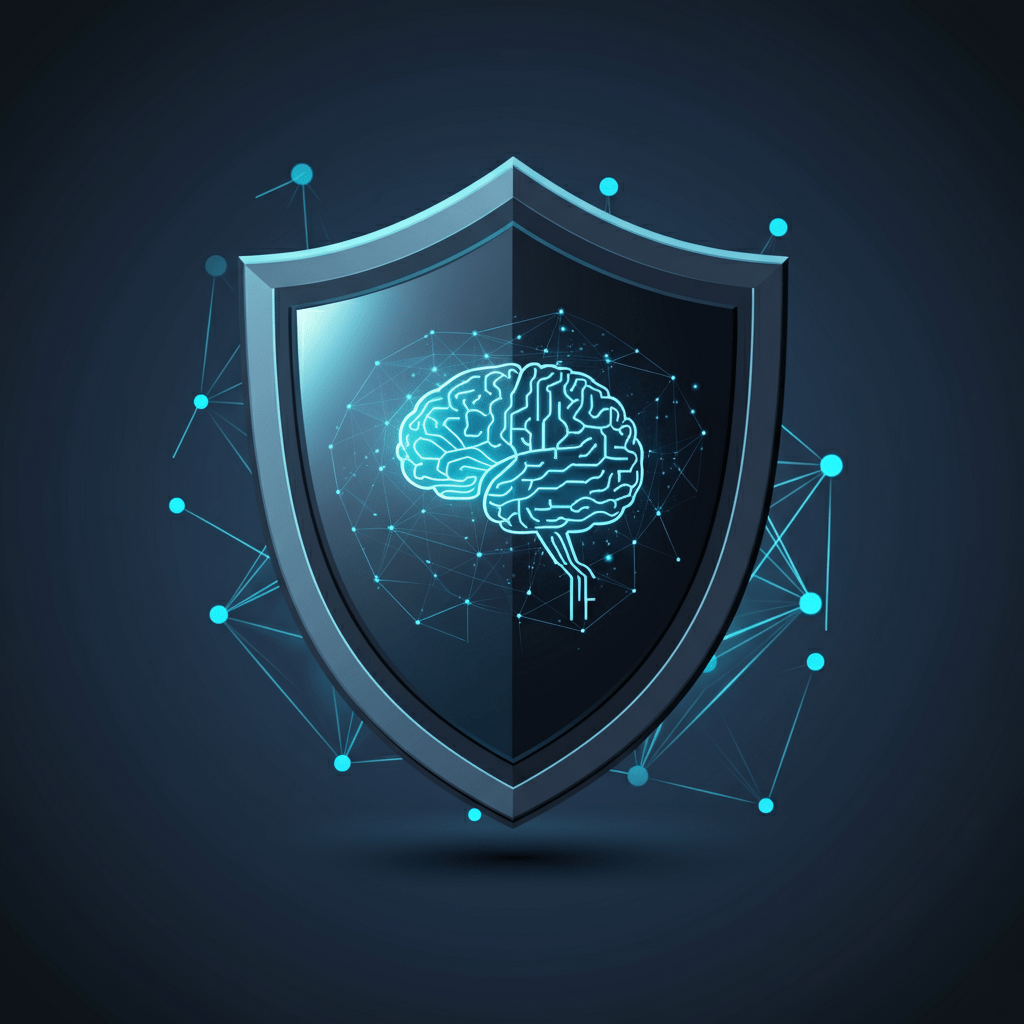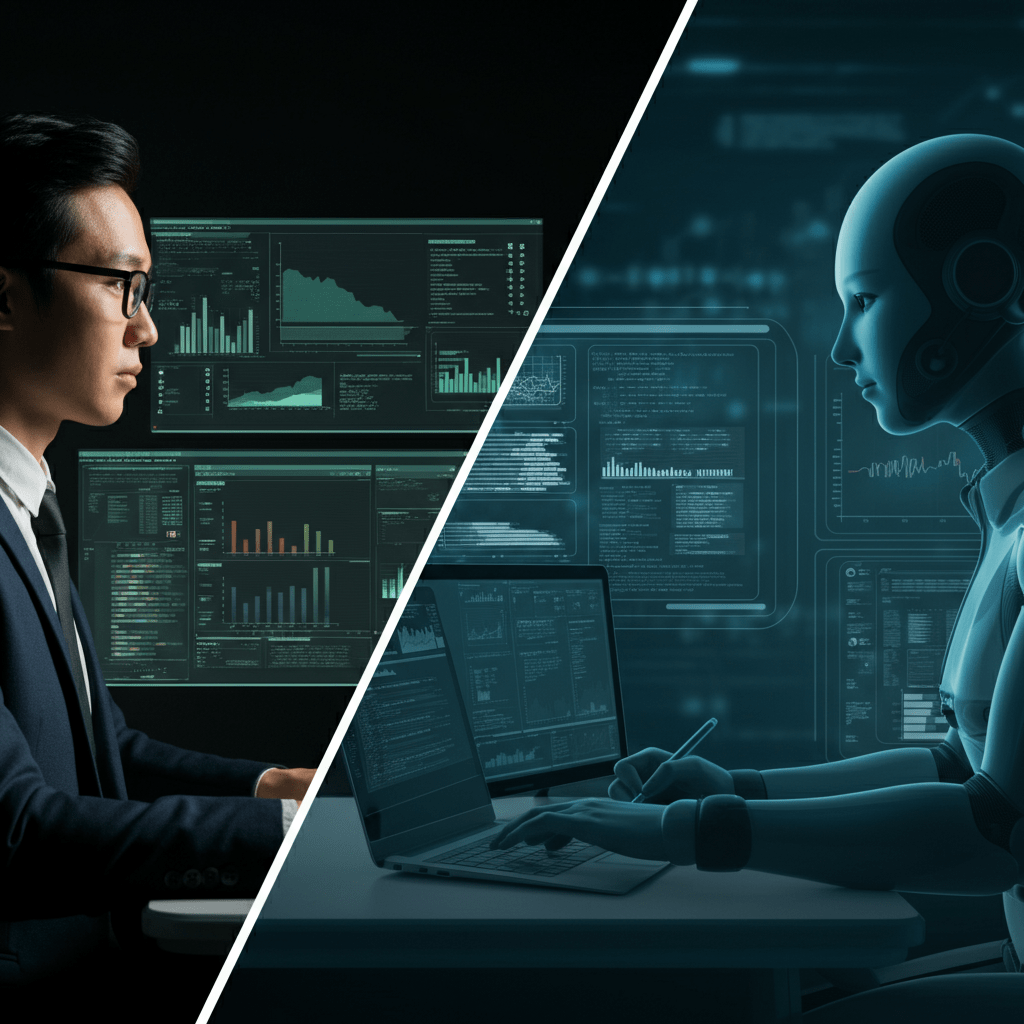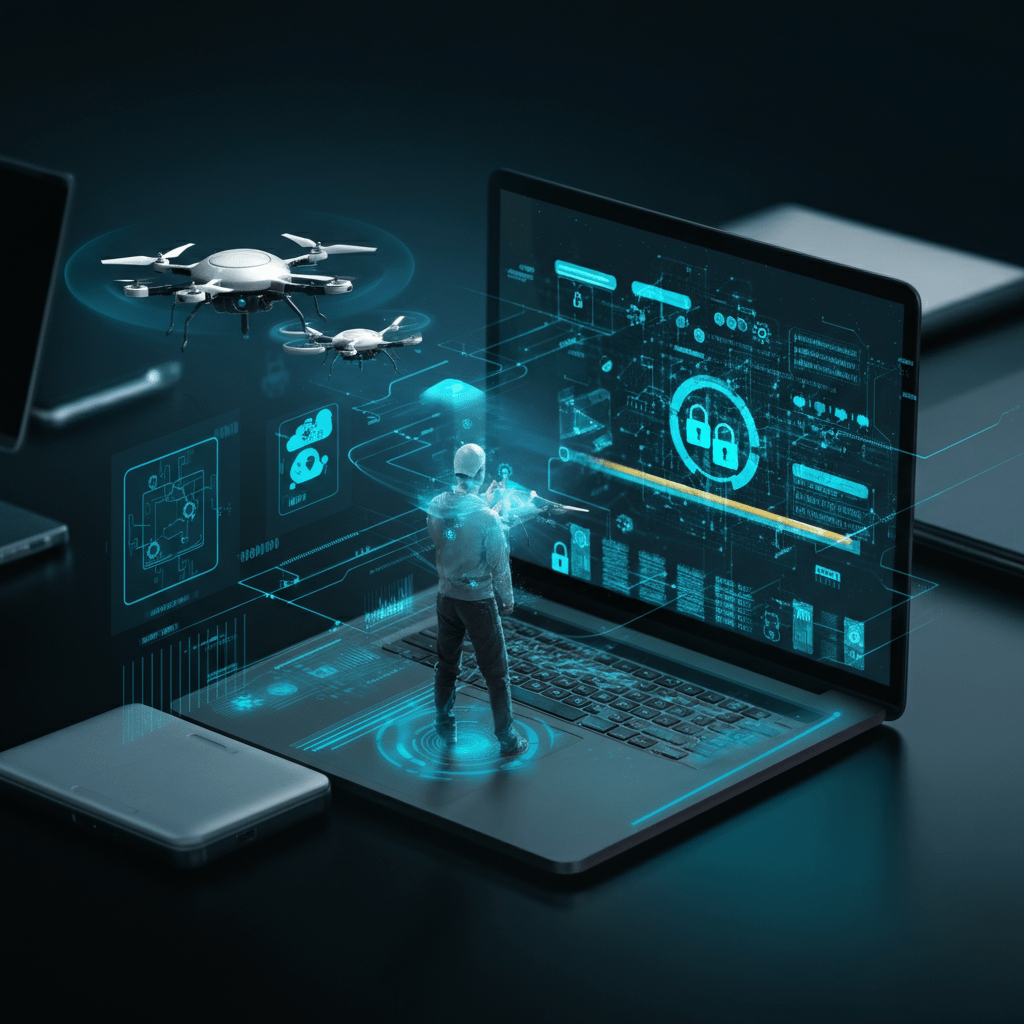AI and Cybersecurity Questions to Ask: Understanding the Impact of Artificial Intelligence
Introduction
Being a cybersecurity professional, I have seen the rapid growth of innovations where artificial intelligence (AI) has become increasingly superior and taking centre stage in our field. AI is an indispensable shield to protect our digital assets, riding along with time-driven threats.
As a matter of fact, to exploit AI in cybersecurity to the full, we should interrogate Prime from Theos. It is true, however – that we are one with the complex labyrinth of AI and cybersecurity thus, throwing up one essential question after the other.
This, apart from being a mere rehashing of the latest developments, details more on the Integrated Artificial Intelligence and Cybersecurity Interactions through the lens of generative AI.
What is AI in Cybersecurity?

Using my expertise, I can describe AI in cybersecurity as the use of intelligent algorithms and machine learning (ML) techniques to fortify our ability to detect, prevent, and respond to cyber threats. AI and ML work in combinations to scan and analyze large networks of data thus fast and more accurate in decision making than humans.
More check here! It can also make the negative ones a learning system with the help of techniques like Machine Learning. Such synergies of AI and ML are altering the binary cybersecurity approaches so as to create living, elastic, and adaptive security systems.
The Impact of AI on Cybersecurity

Benefits of AI in Cybersecurity
At the same time, I am a cybersecurity specialist at the helm, so I can take a hands-on role in AI cybersecurity to know what is what. In simple terms, the benefits of advanced threat detection are an undeniable bonus. They can analyze data in real time, unearthing the possible threats that may slip through while human analysts may not notice them.
Moreover, artificial intelligence greatly reduces reaction time to security incidents. After the existence of a threat is identified, AI-based systems can instantaneously launch defence activities, thus cutting down on the harm incurrence. That’s by the by, AI is great at handling more tactical or boring IT functions, leaving the cybersecurity professionals to concentrate on more creative or mission-critical work.
Challenges and Risks of AI in Cybersecurity

An intelligent design with a growing learning system can exaggerate benefits while introducing vulnerabilities. Consequently, attackers enhanced by AI can launch multitudes of such threats that are more sophisticated and risk the cyber. Privacy is also a concern here as several AI systems need huge amounts of sensitive data to perform properly.
To sum up, the area of skilled professionals who are capable of dealing with AI cybersecurity solutions is the object of a major shortage of personnel. These issues not only exist but are pervasive in that it is critical to pose the right questions in order to solve them, including the most pressing AI cybersecurity questions.
10 Key Questions to Ask About AI and Cybersecurity
1. How does AI transform cyberattacks?
The experience I have had allows me to claim that AI is the one who transforms the character of cyberattacks by possessing the ability to make them more intricate and harder to expose. AI makes the offenders able to automate their rut processes, make more convincingly feigning emails, and even write kinds of malware code which can avoid detection by the system, thus raising critical questions about security awareness. To have effective defences, knowing the character of this transformation is paramount.
2. What AI capabilities are essential for effective cybersecurity?
Referring to my own point of view, the main features of AI for cybersecurity are pattern recognition and proactive predictive capabilities. In reality, AI can detect unusual frames and threats to the network and predict potential threats depending on past data which is a great reinforcement of the security posture virtualized by the cloud system.
3. How can we ensure the ethical use of AI in cybersecurity?
In this way, I realized that the ethical practice of AI implies a variety of measures that include limiting data access and minimizing the biases in AI systems. It is essential that we act transparently when it comes to data usage and check if AI systems also have prejudices in decision-making, then correct them in necessary cases, following best practices in AI ethics.
4. What data is used to train AI cybersecurity tools?
The quality and the content of the training data at my workplace are of key importance for the proper functioning of AI cybersecurity tools. These are the systems that are mainly trained on old data threats, and network logs, and simulated another attack, which raises critical questions about their effectiveness.
Having such data both up-to-date and comprehensive is really important because it attributes a lot to the efficiency of AI, particularly in leveraging predictive analytics.
5. How often should AI models be updated?
I have found out in practice that constant retraining of AI models is necessary for their good functioning. Cyber threats are always changing so AI systems have to be retrained frequently so that they are up to scale with the threats. Its frequency can rely on the use case and threat landscape.
6. What are the limitations of AI in cybersecurity?
According to my experience, the problem is the absence of enterprise maturity in IT and security areas, which impacts the effectiveness of the dataset used for AI. New technologies like AI are not bad, per se. AI tends to be tampered with by special malicious attacks, whose aim is to affect AI’s decision-making process.
This is because they want to make sure that AI responds incorrectly to the opportunities and makes wrong decisions. With this strategy, the system can get the data that it wants without the user knowing any of it. Thus, successful AI implementation needs the identification of these limitations in AI to help organizations leverage best practices in cybersecurity.
7. How does AI integrate with existing cybersecurity strategies?
My job keeps me at the level of not only witnessing AI enhancing security systems but actually stepping forward to leverage generative AI for improved outcomes. AI basically reinforces the ongoing human decision-making process, automates some manual security tasks, and captures better insights from all security-related data, thereby enhancing overall cloud security.
8. What metrics should be used to evaluate AI cybersecurity solutions?
In my practice, the most important key performance indicators (KPIs) for AI in cybersecurity are false positive/negative rates, threat detection speed, and incident response time. Moreover, the overall change in the security posture and operational efficiency should also be a part of the assessment process.
9. How can organizations prepare for AI-driven emerging threats?
From my perspective, a fundamental thing to do is to create a workplace culture where people are always learning and adapting to new best practices in cybersecurity. This means securing knowledge of AI advancements both defensively and offensively. Furthermore, the regular security checks and threats possessed by the organization with real scenarios are also valuable and inevitable parts of the preparation.
10. What role do cybersecurity vendors play in AI implementation?
As I did my searches, the vital role of cybersecurity vendors in AI implementation became clear to me. These specialists provide AI-powered solutions, proffer expert advice on incorporating artificial intelligence tools with current systems and render ongoing support and updates. Picking the right vendor partners is the hallmark of pursuing AI in cybersecurity.
The Future of AI in Cybersecurity

Looking forward, I single out predictive analytics and autonomous security systems as the two most promising pathways for AI in cybersecurity. Predictive analytics is a proactive tool enabling companies to predict threat instances before they can actually materialize. Autonomous security systems, on the other hand, will possess the capability to identify, react, and pull down the threats using just a little bit of amou
Conclusion: Embracing AI for Better Cybersecurity
In a nutshell, AI has fundamentally changed the whole of cybersecurity by bringing to the table insights, automation capabilities, and functionalities that, hitherto not existed, particularly in cloud security. But, as I have experienced in my career, the right application of AI is in the first place connected with correct questions.
The critical investigation of AI’s capability, the scope of action, and the immutability in cyber security will be the way we can inject a sound and responsible approach to protect digital assets. The human element must also evolve as AI keeps on evolving.
FAQs
What are the primary advantages of using AI in cybersecurity?
By detecting threats better, such as meshware and phishing emails, creating a quicker response, and automating repetitive security chores, AI increases the security of the application. It employs the machine learning method to analyze vast datasets in real-time so that it helps to identify and mitigate cyber threats much quicker than traditional ways of doing it.
How can AI-based cybersecurity tools be ethically used?
Ethical implementation includes differing data privacy, reducing biases in AI algorithms, and being transparent in data usage. Companies should start with creating ethical AI frameworks and, subsequently, comply with all data protection regulations globally, such as GDPR.
What problems should companies keep in mind when integrating AI into their cybersecurity strategy?
The main challenges arise when AI systems are attacked, skilled employees are not enough, and large volumes of sensitive data are demanded for training. The ways to cope with these problems consist of regular AI model enhancements, sound ethical strategies, and commitment to AI-specific cybersecurity training courses.

Hello Readers! I’m Mr. Sum, a tech-focused content writer, who actively tracks trending topics to bring readers the latest insights. From innovative gadgets to breakthrough technology, my articles aim to keep audiences informed and excited about what’s new in tech.